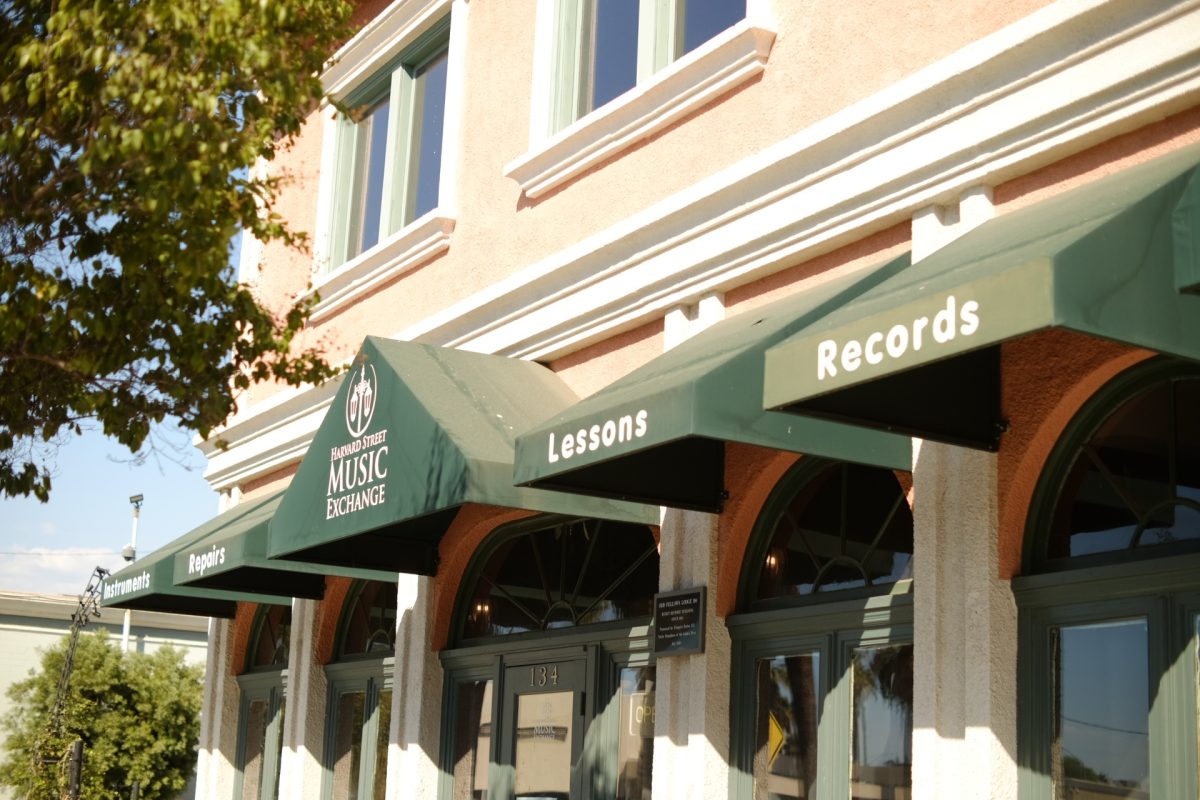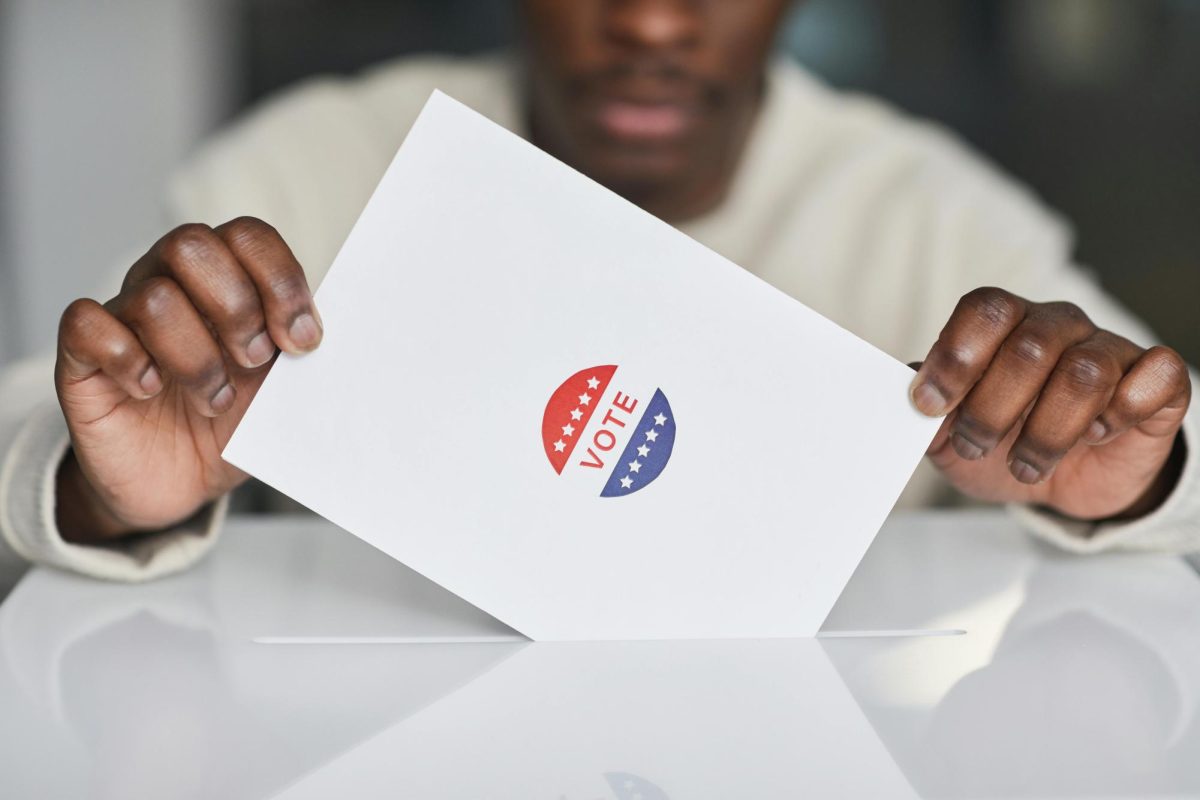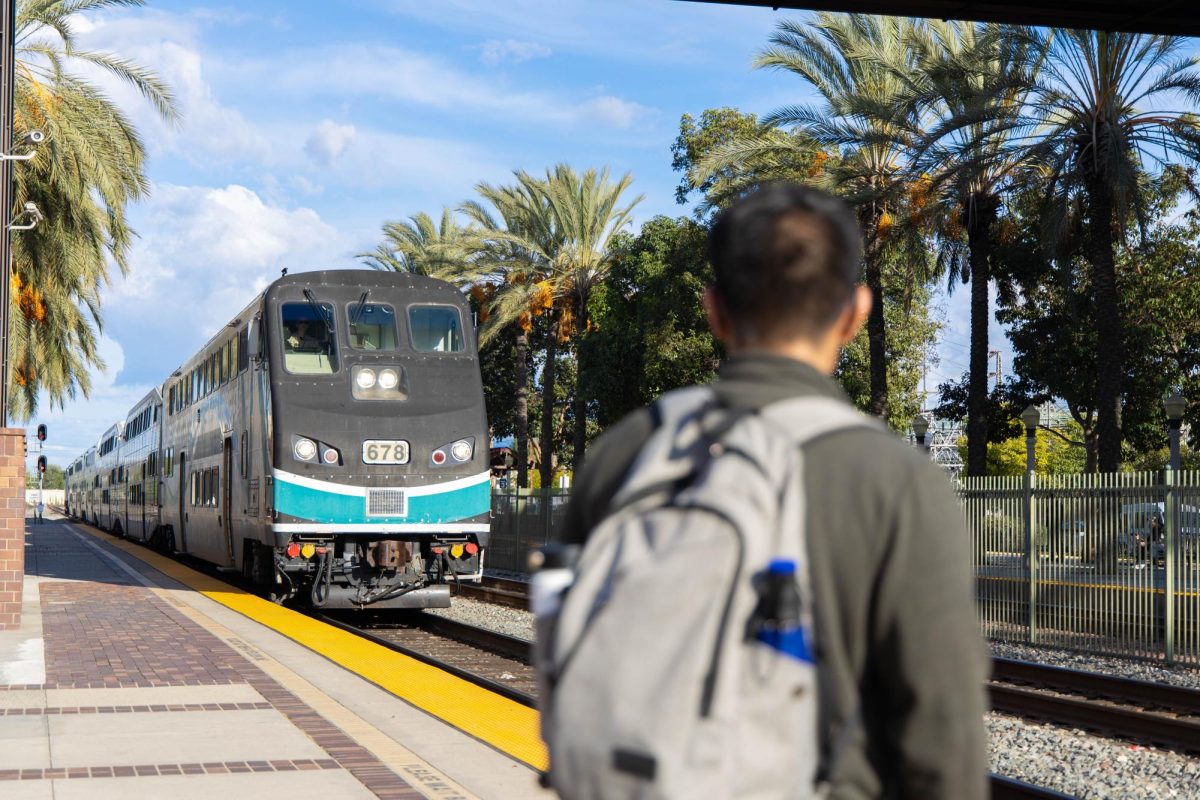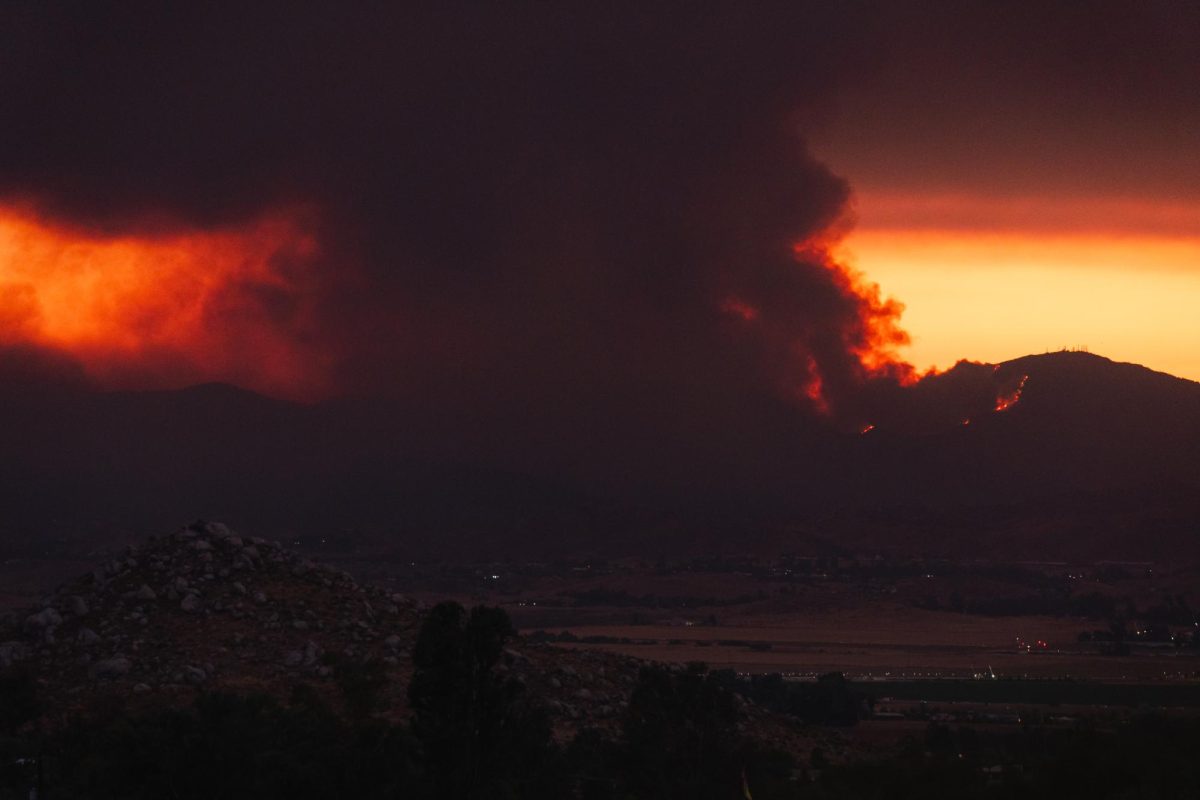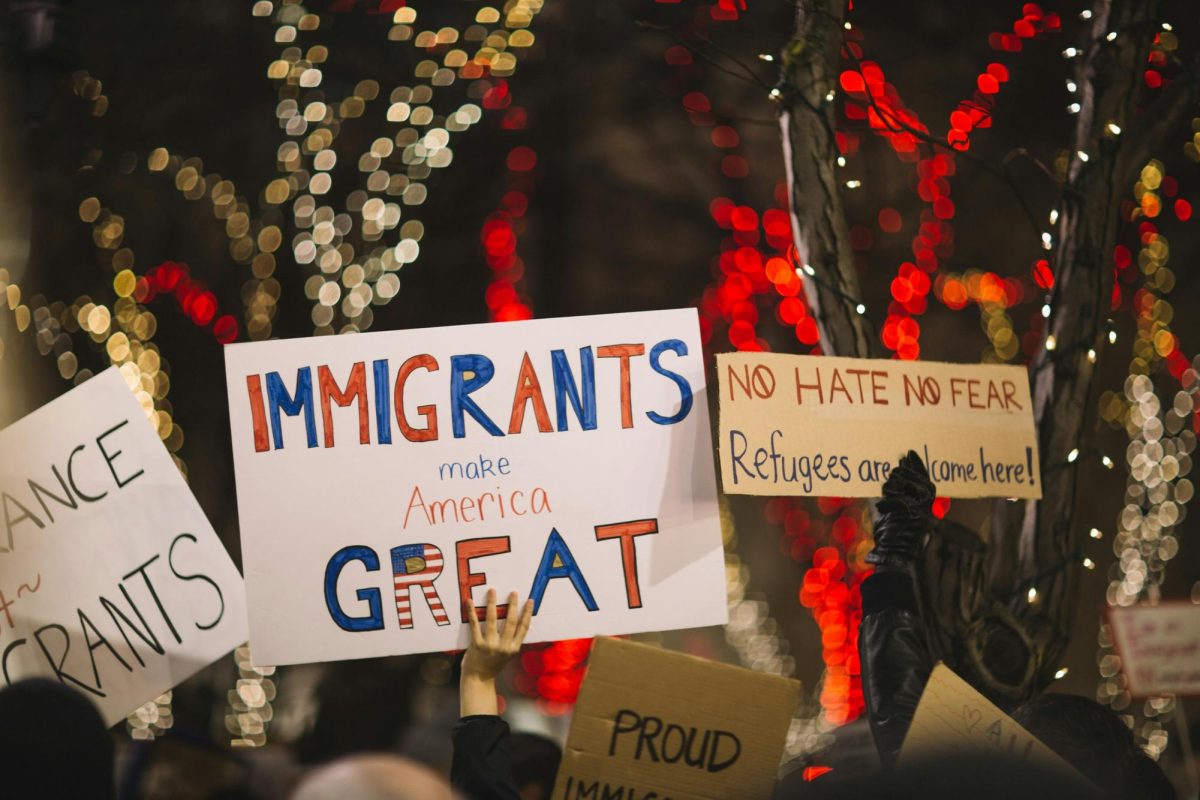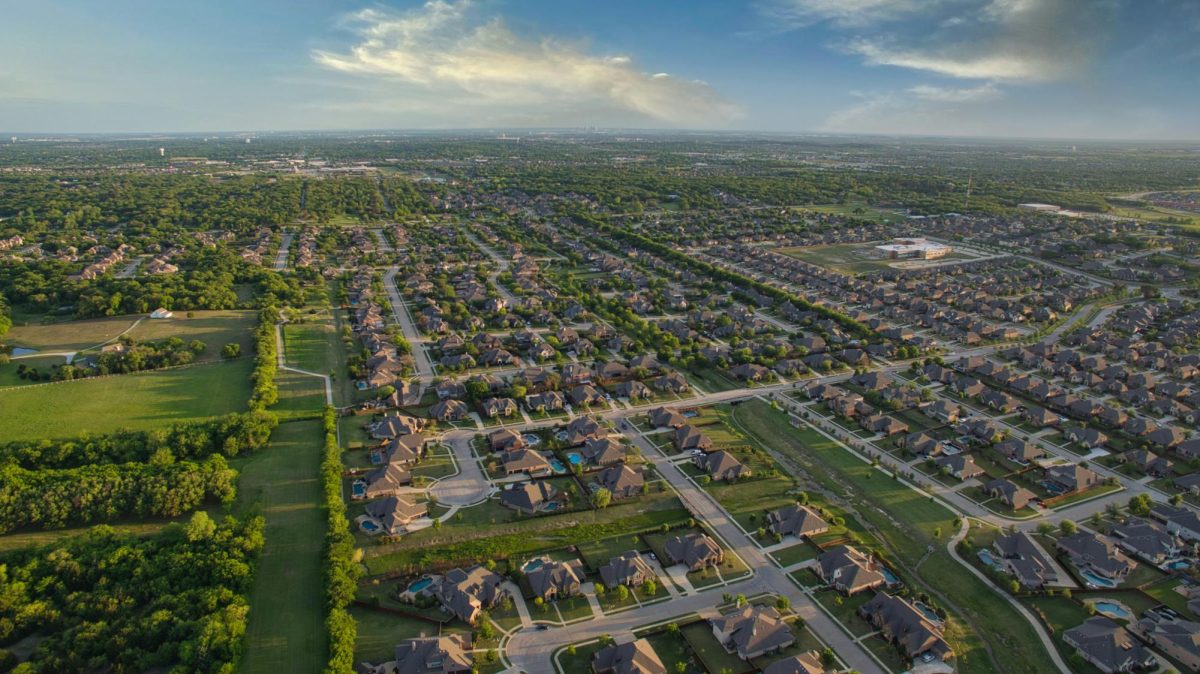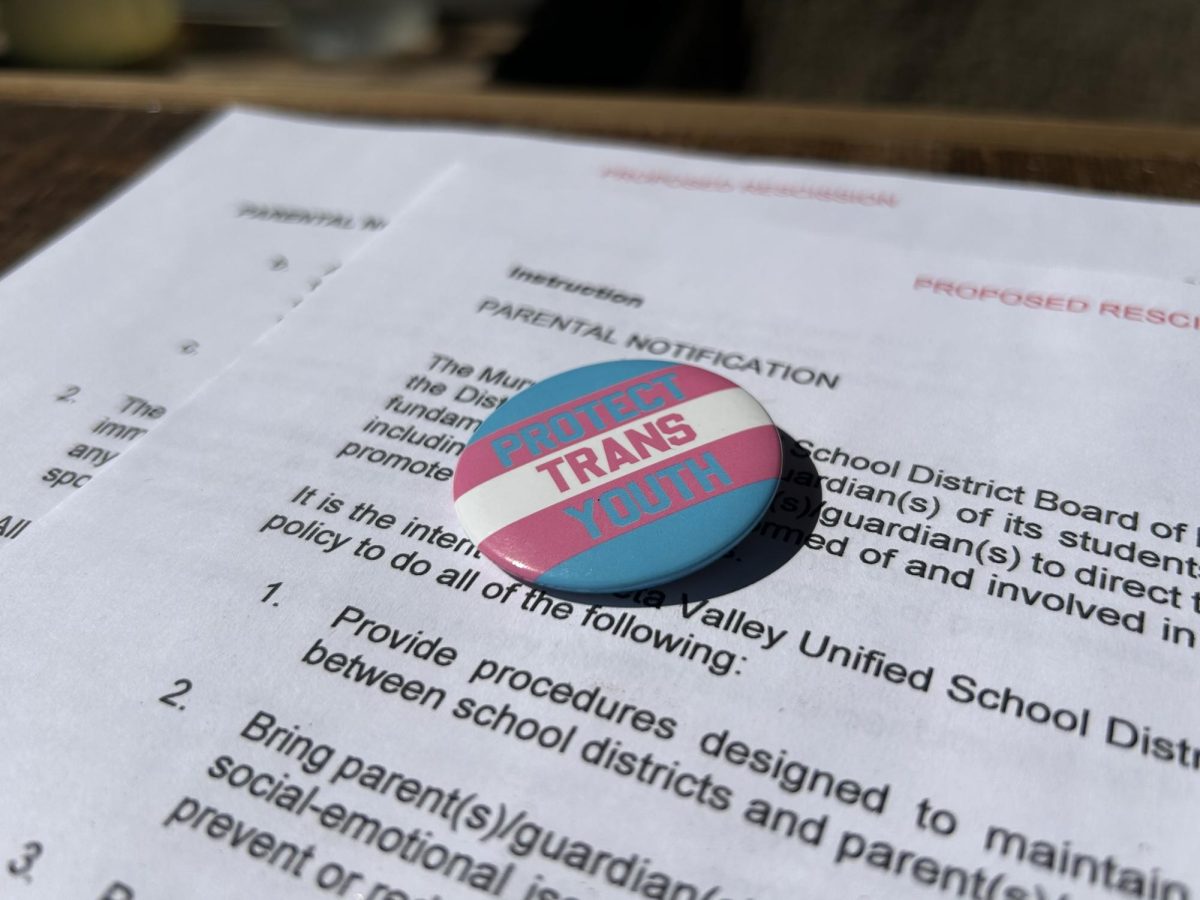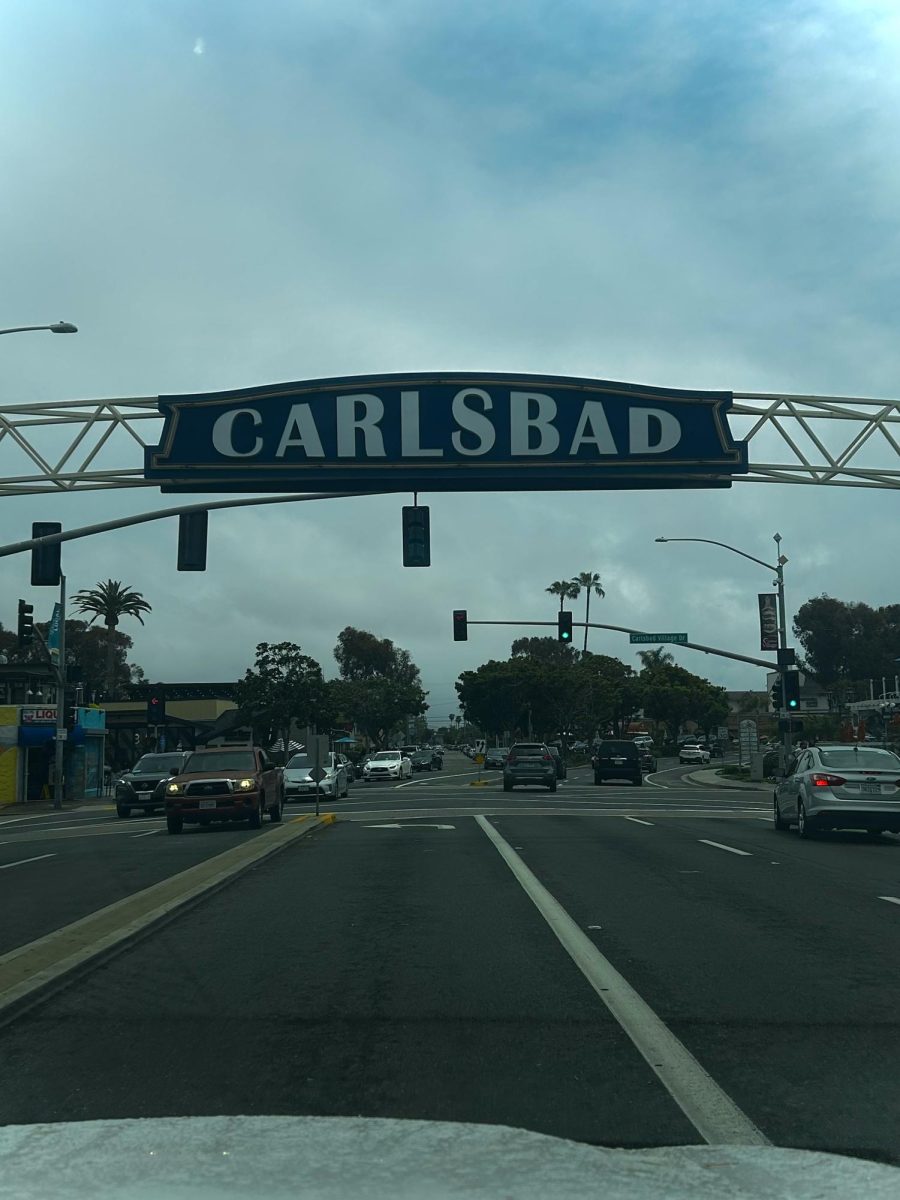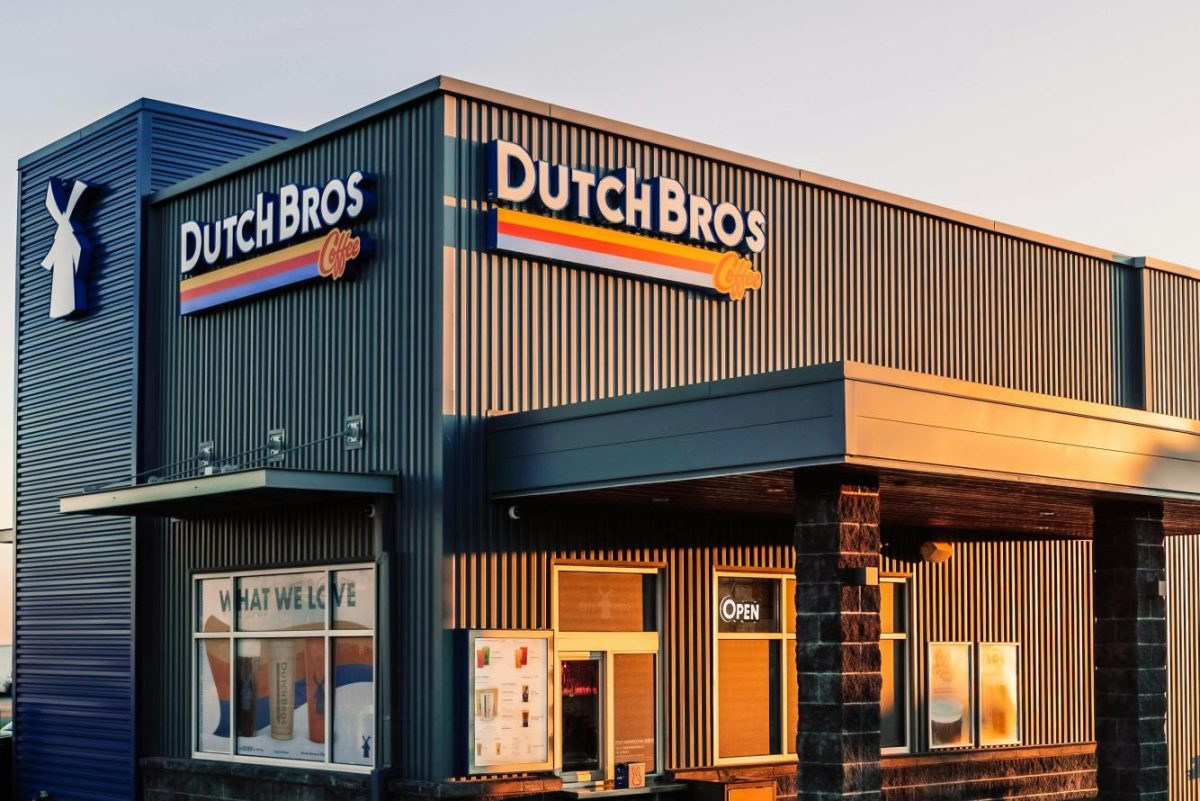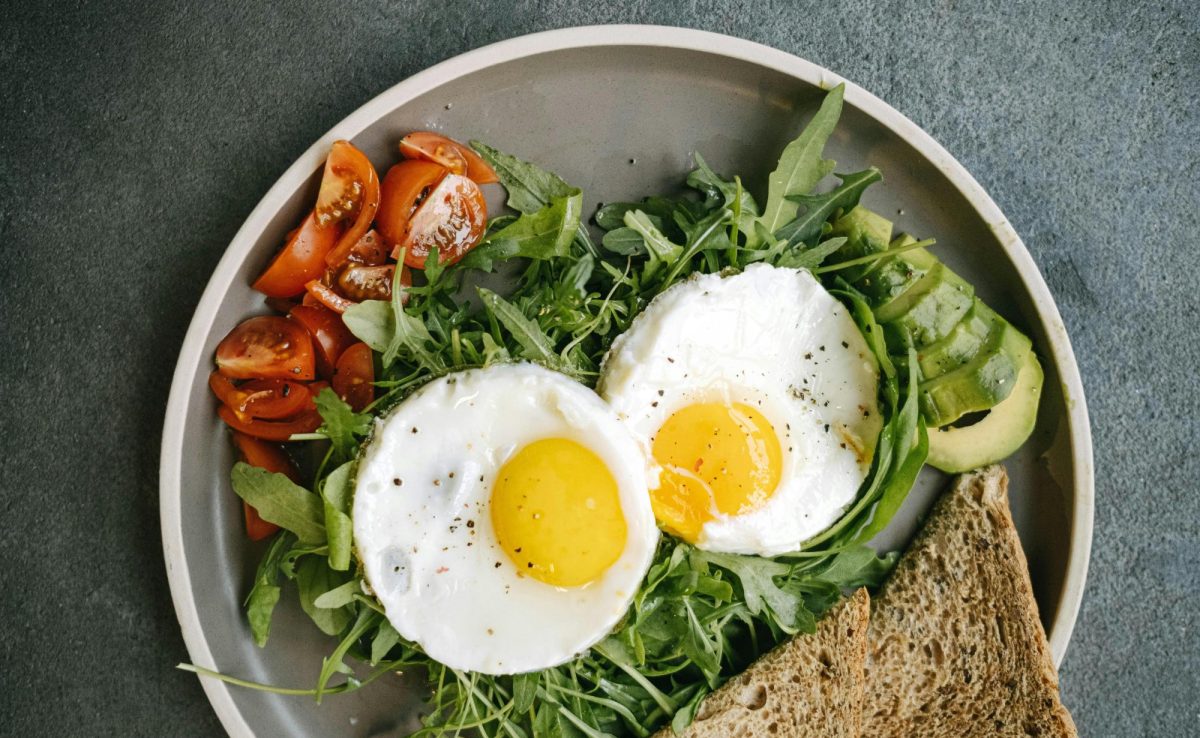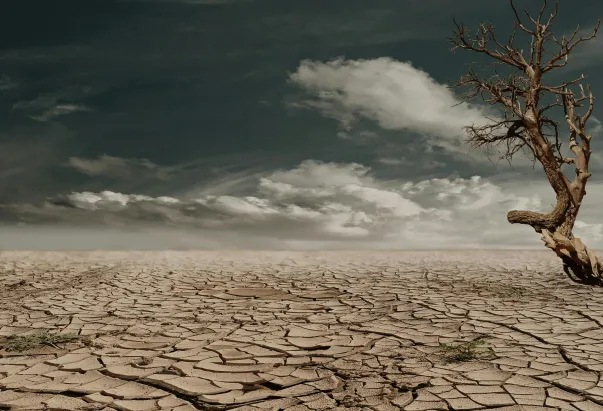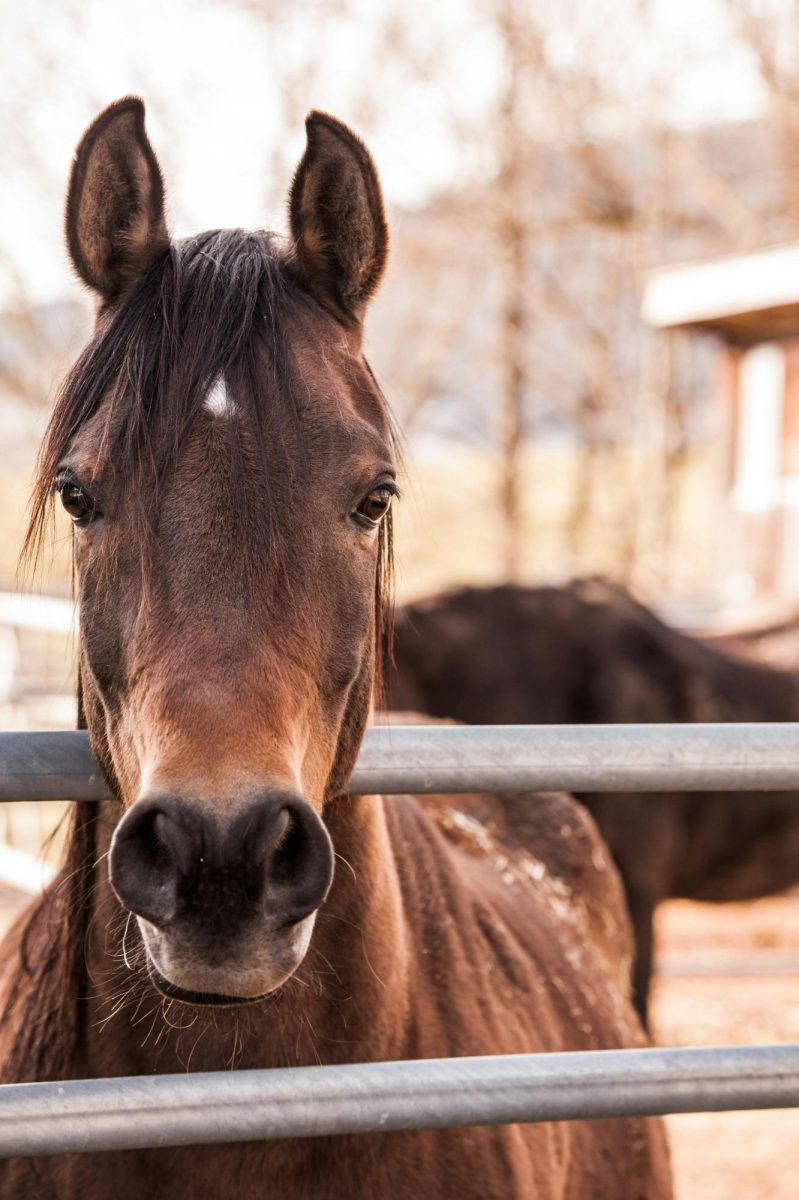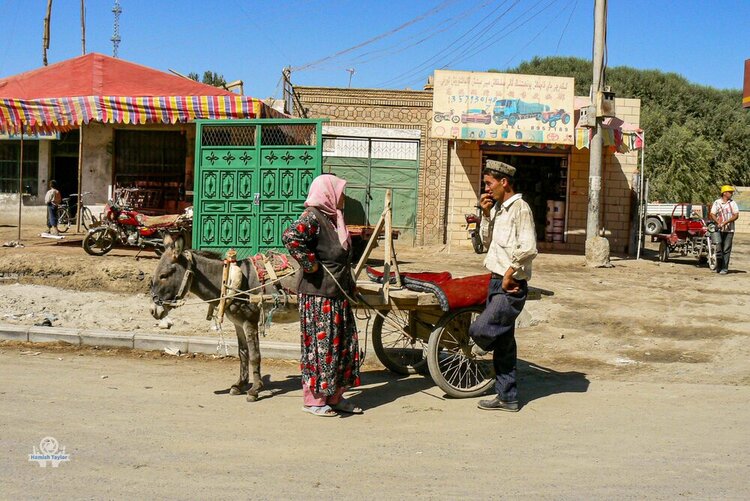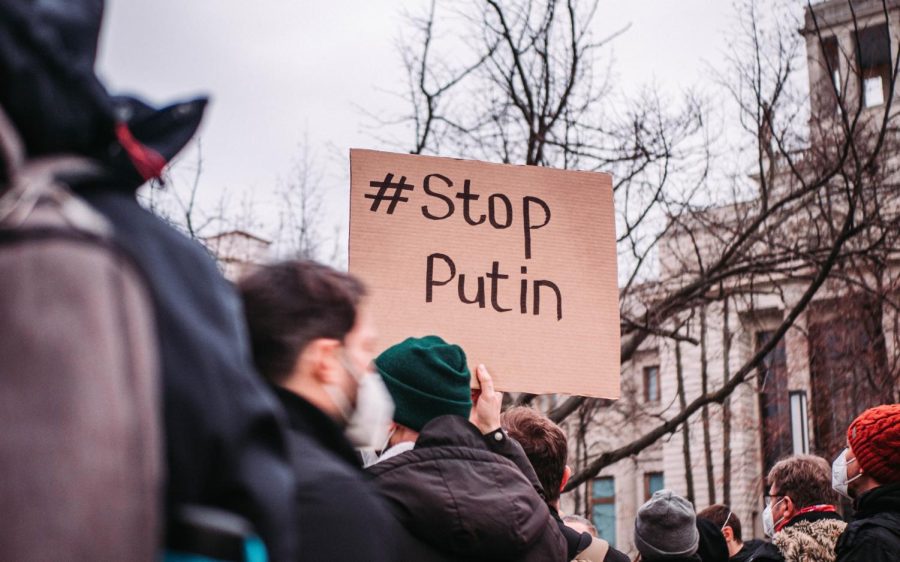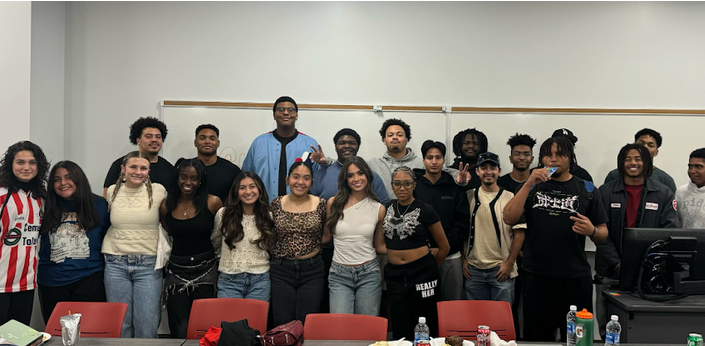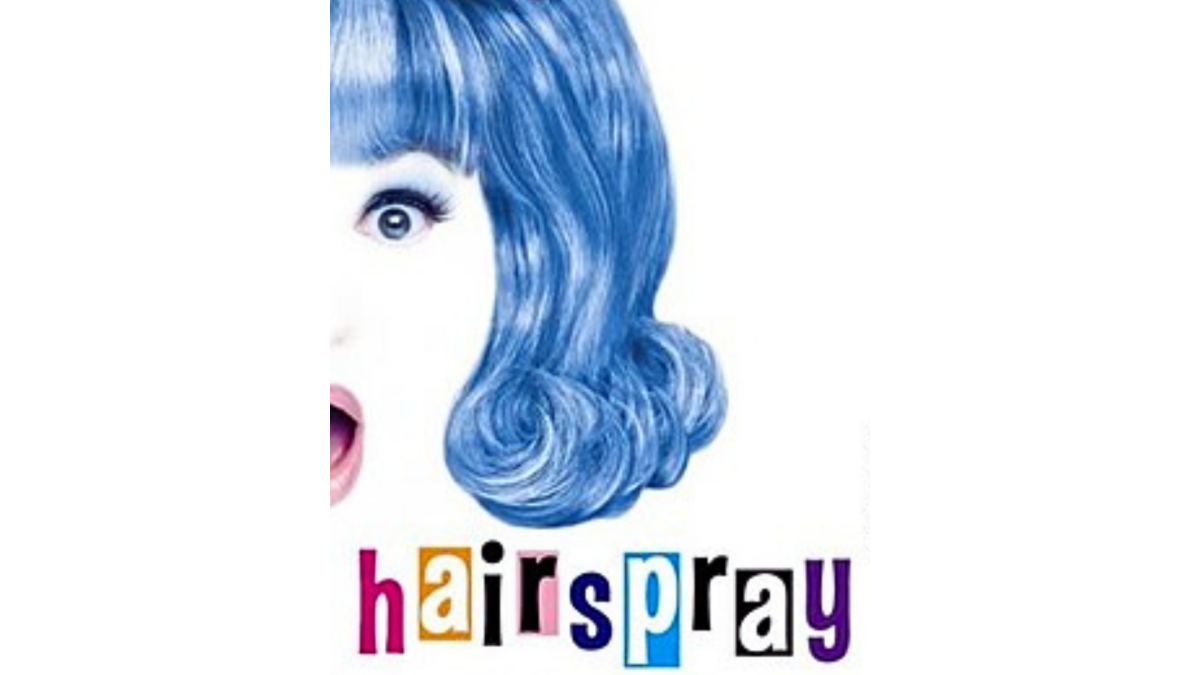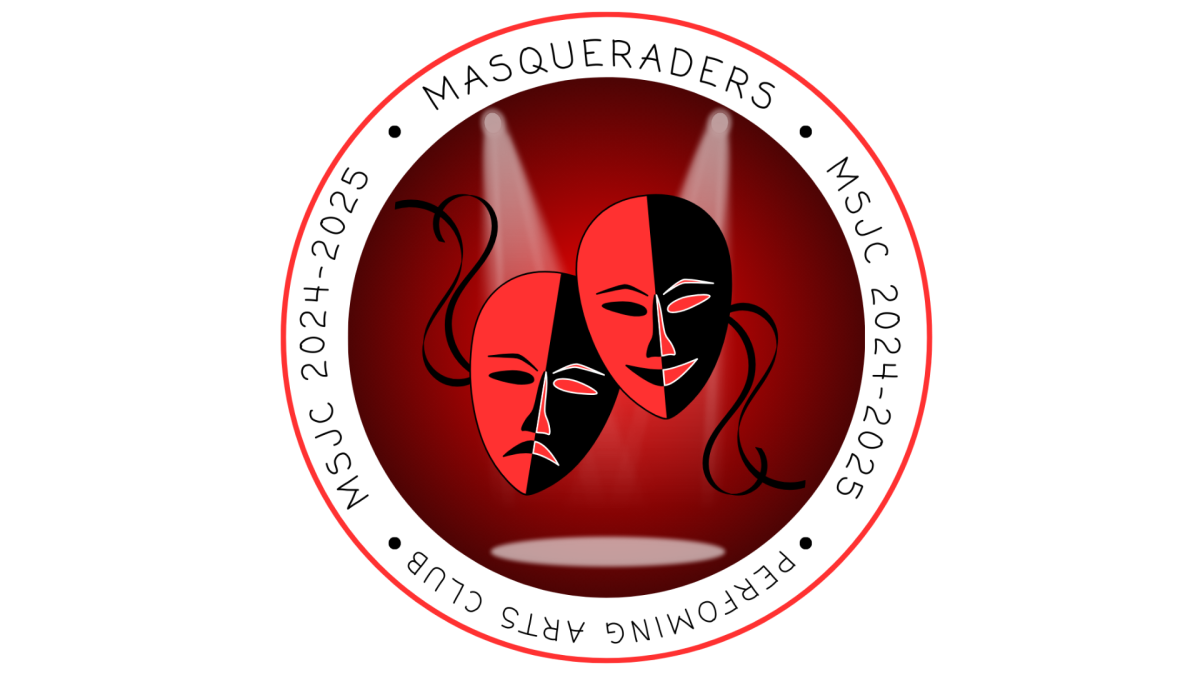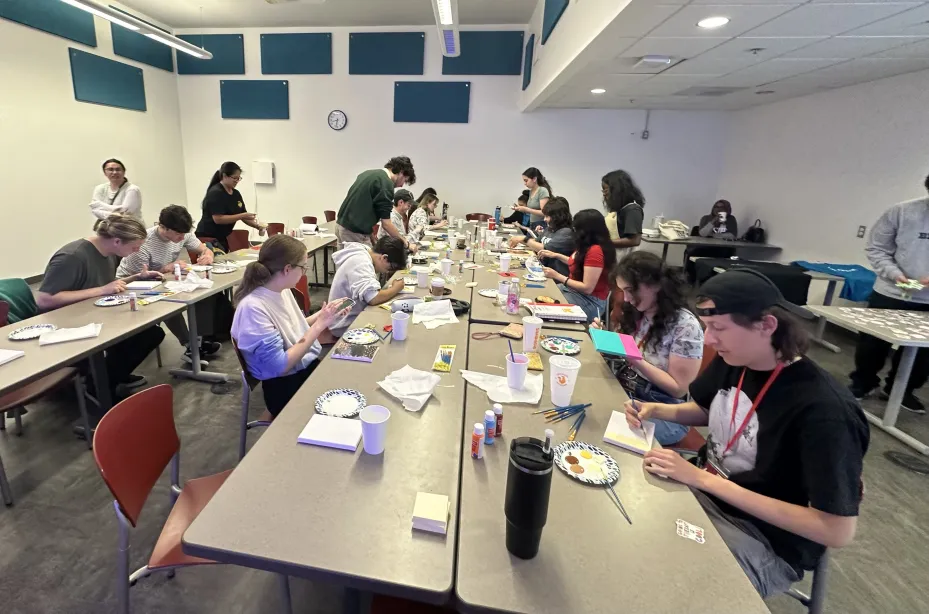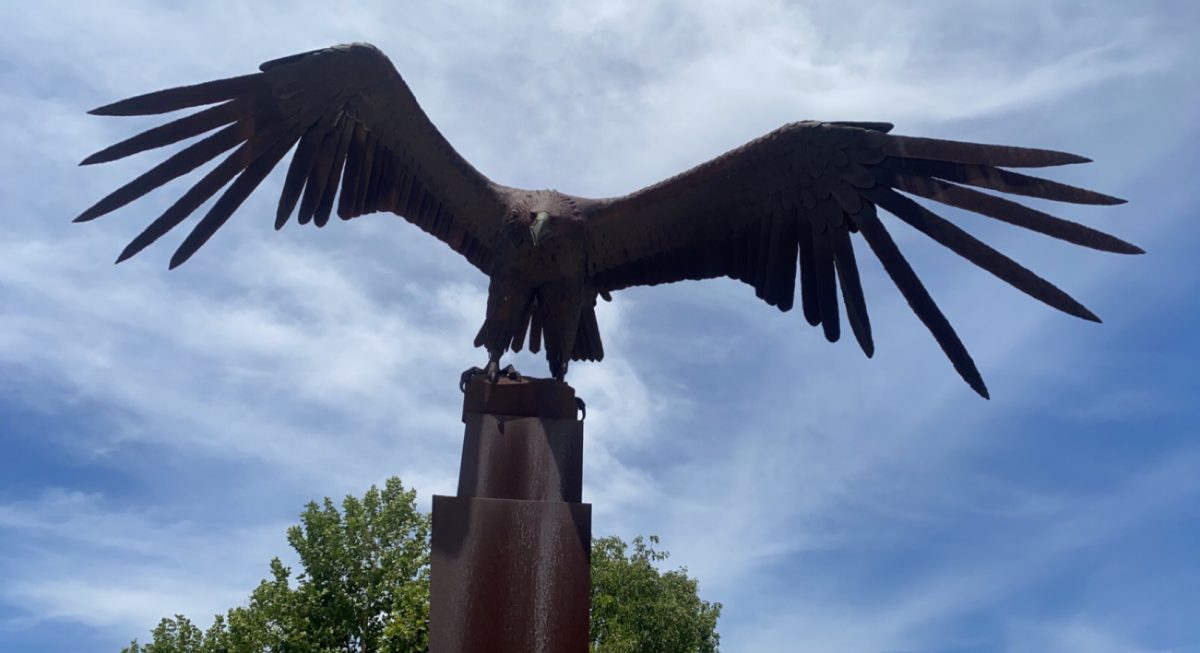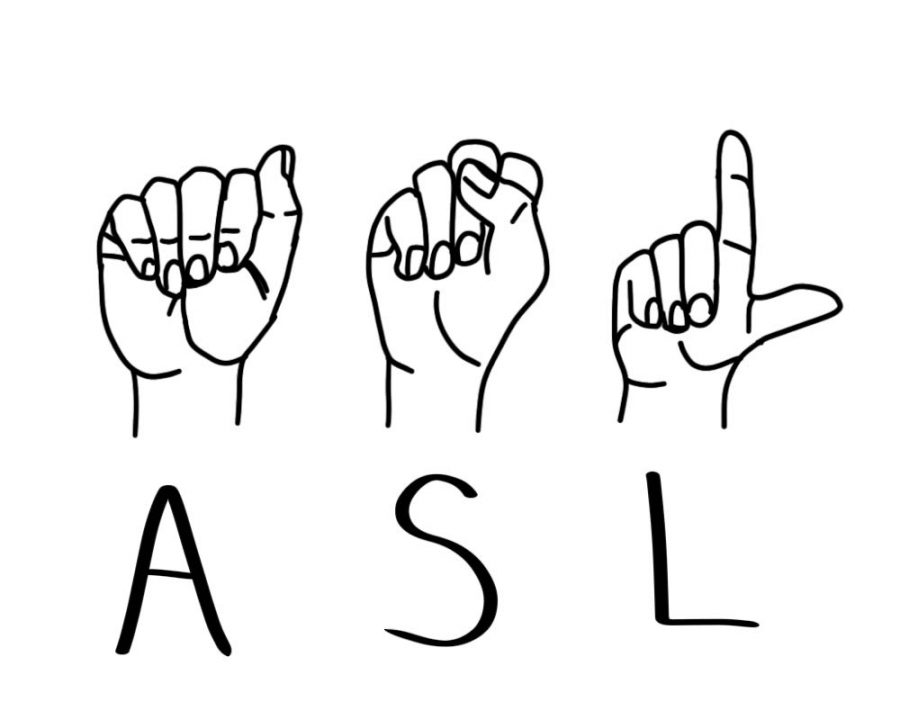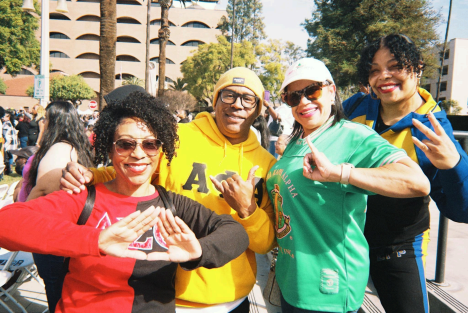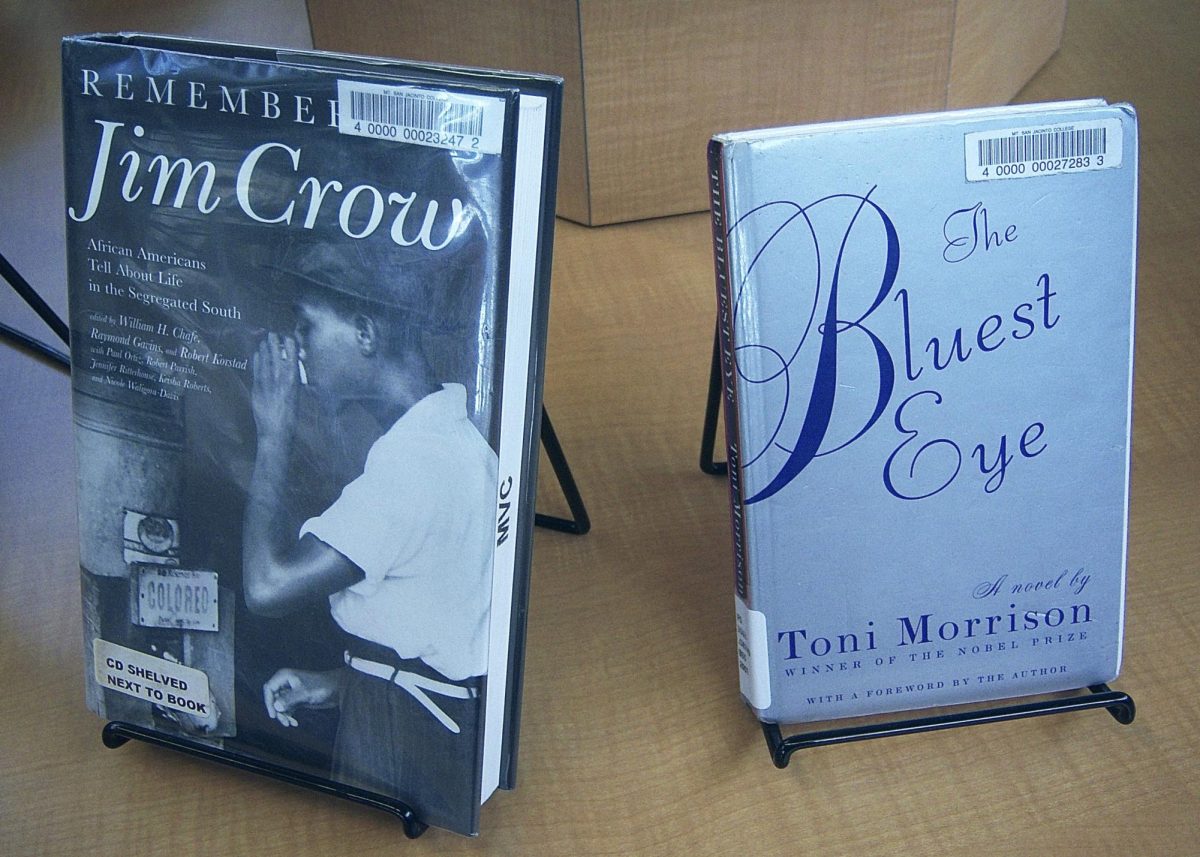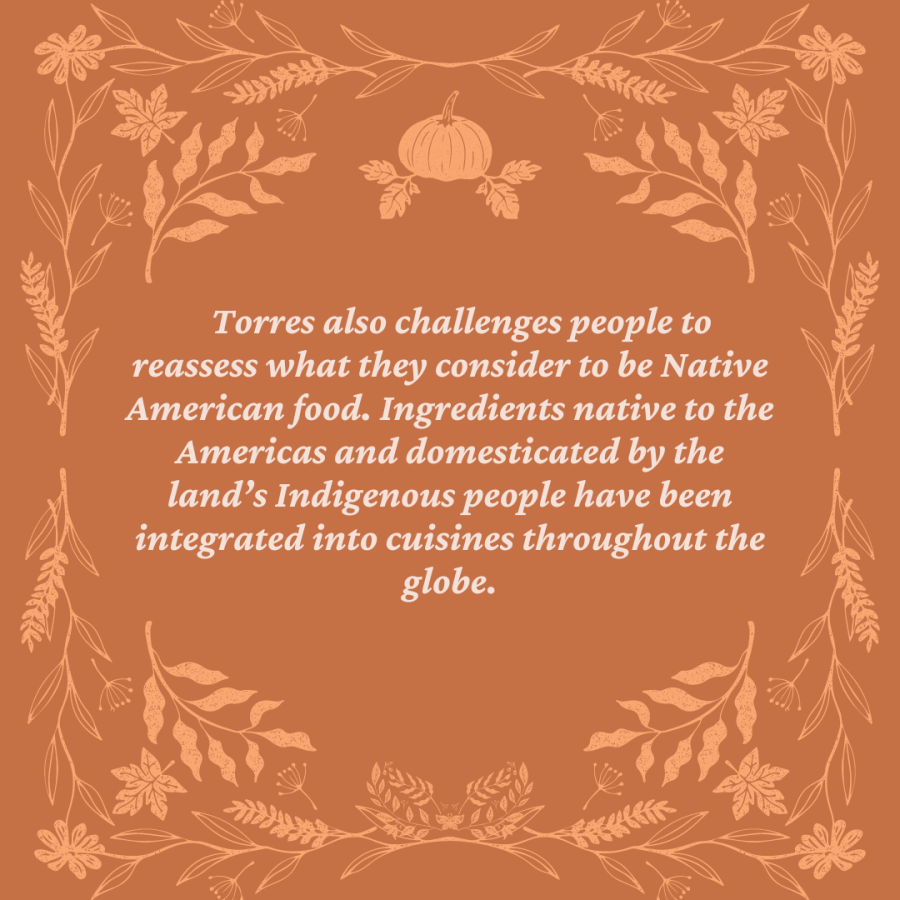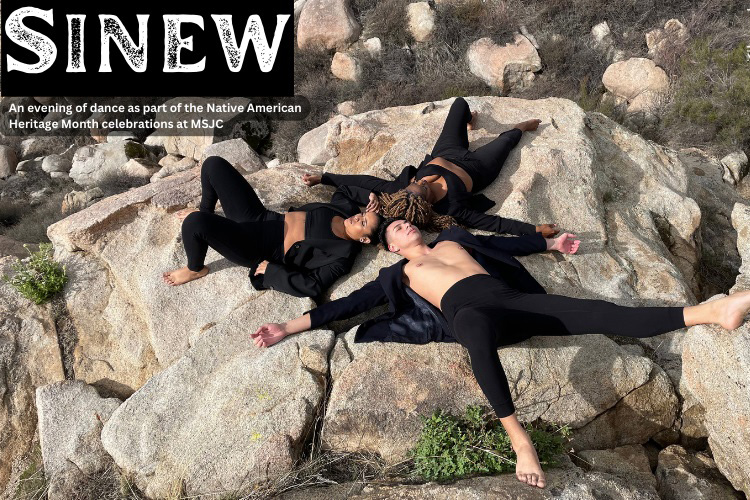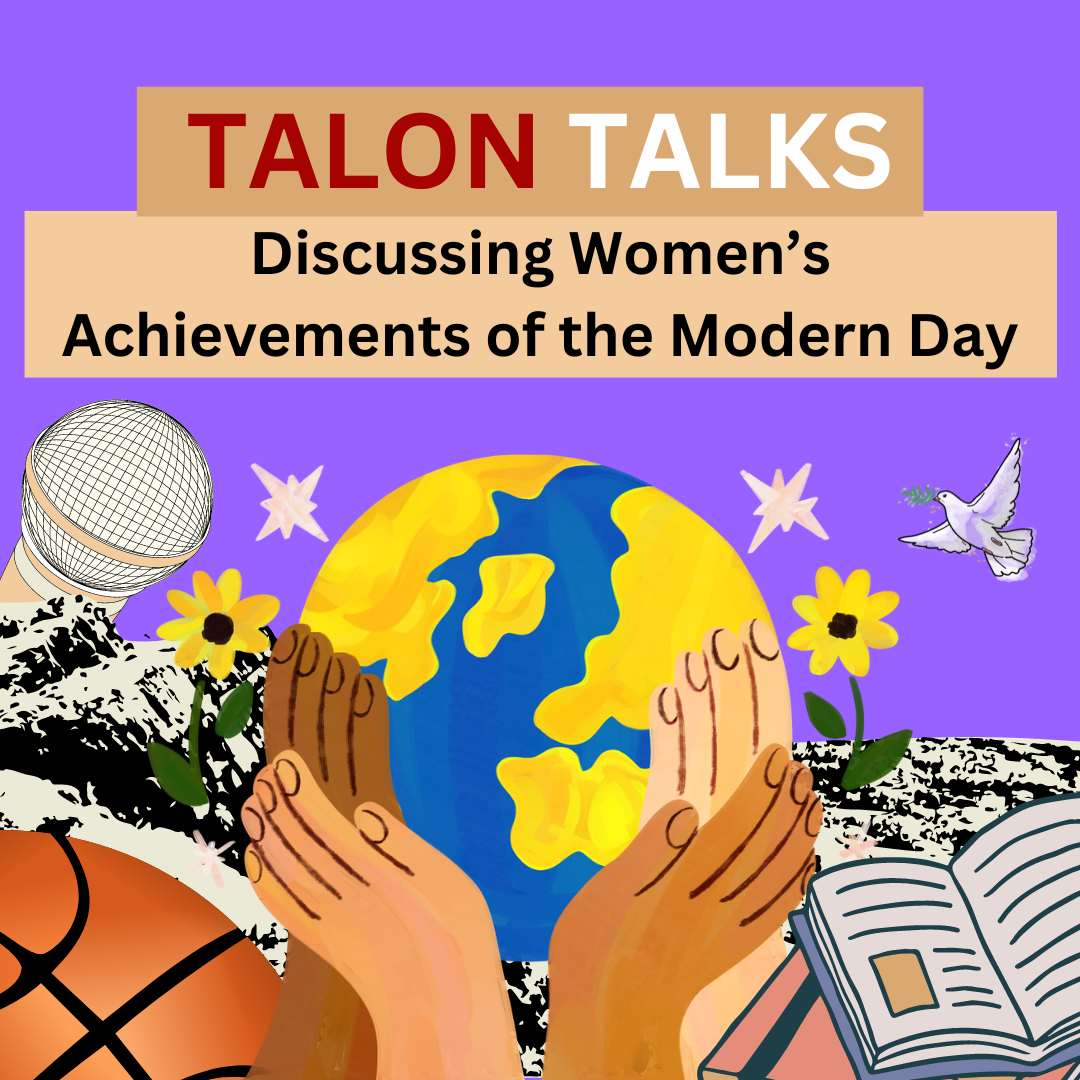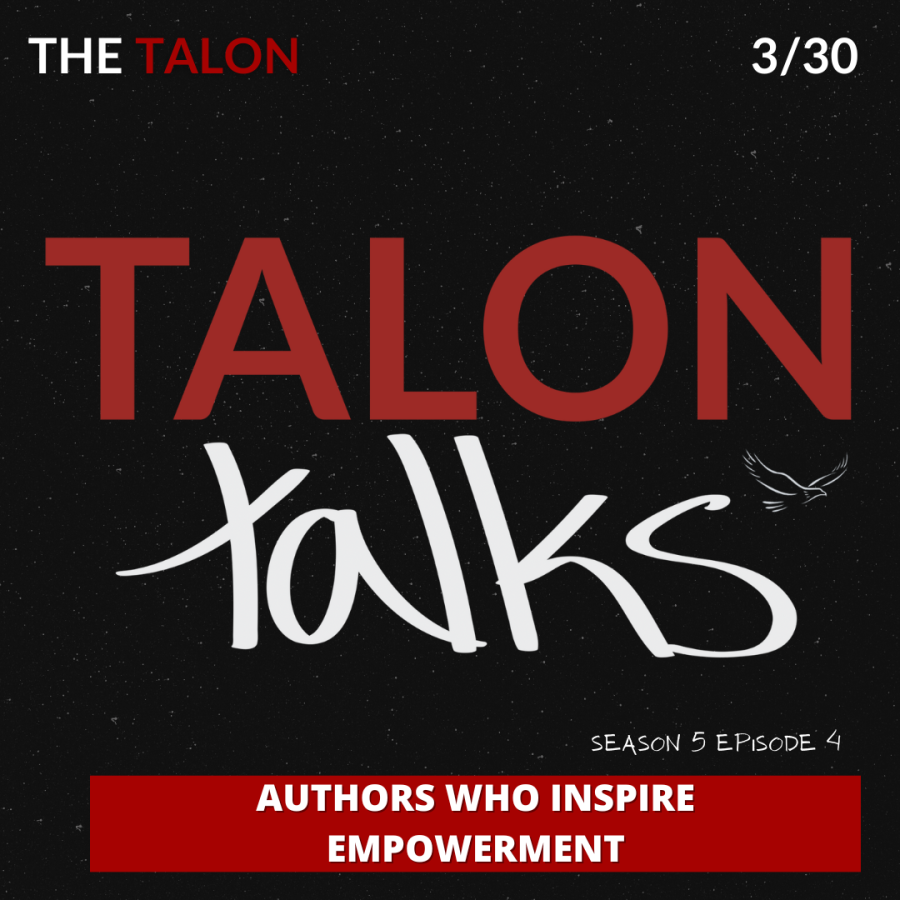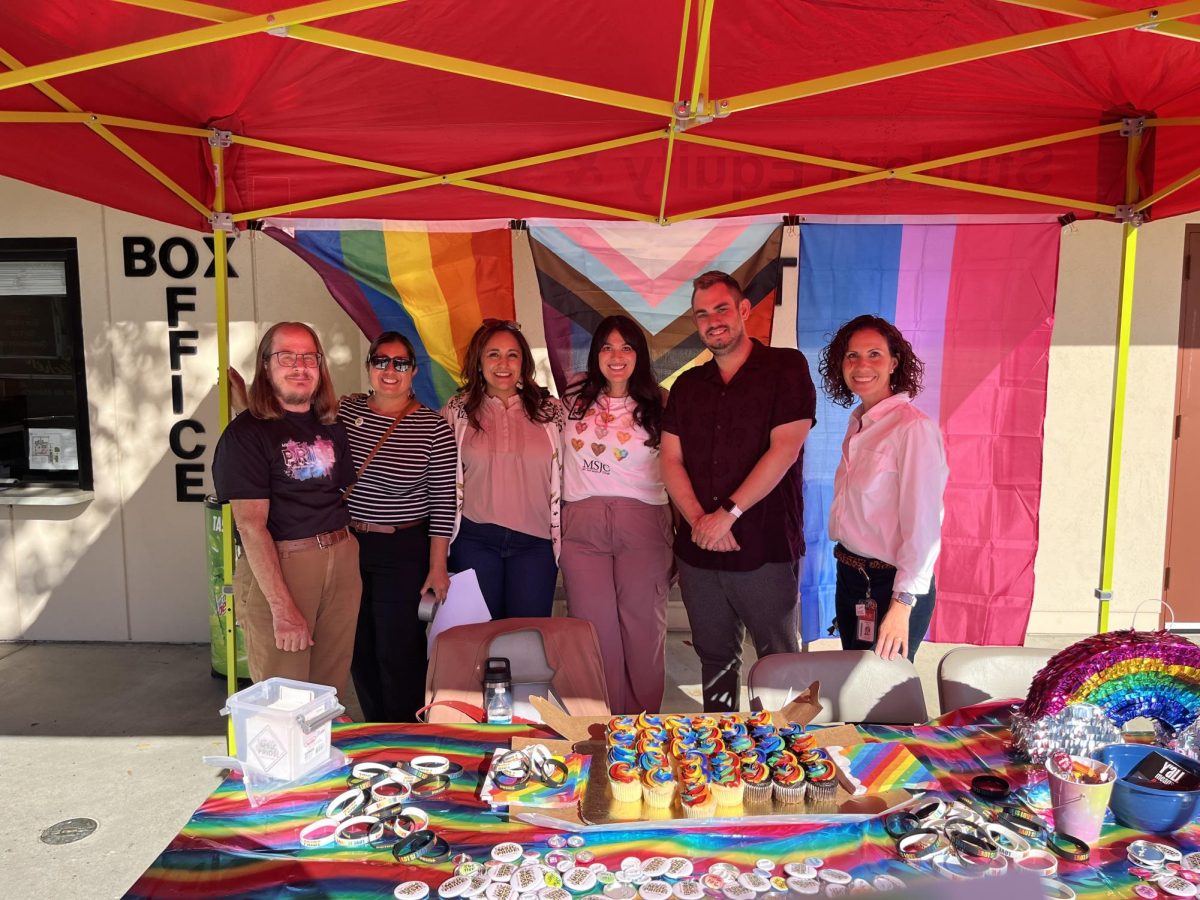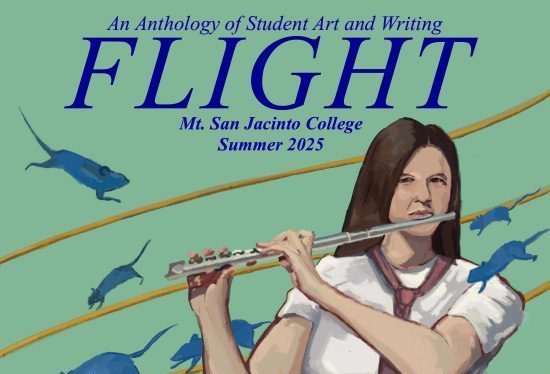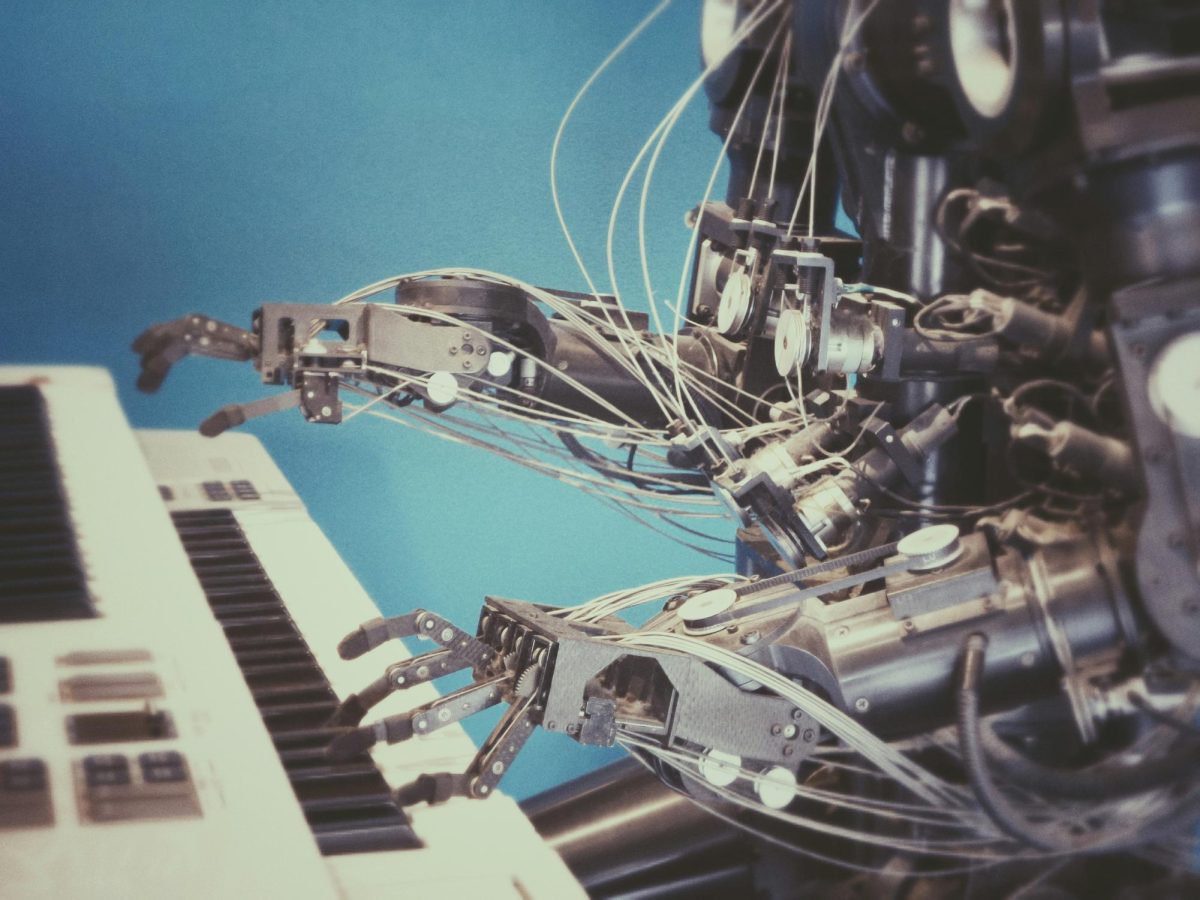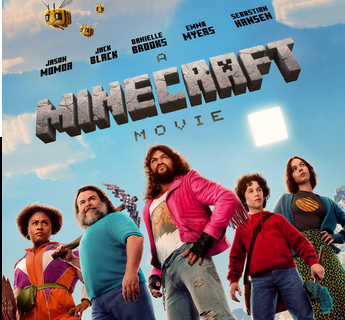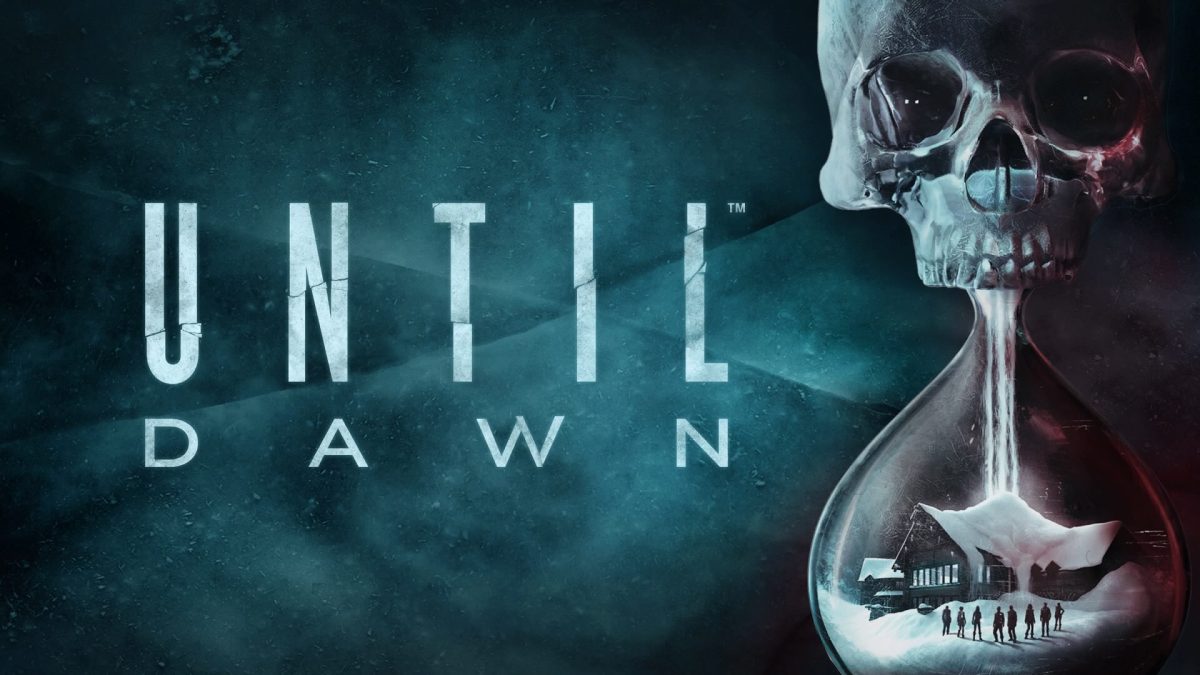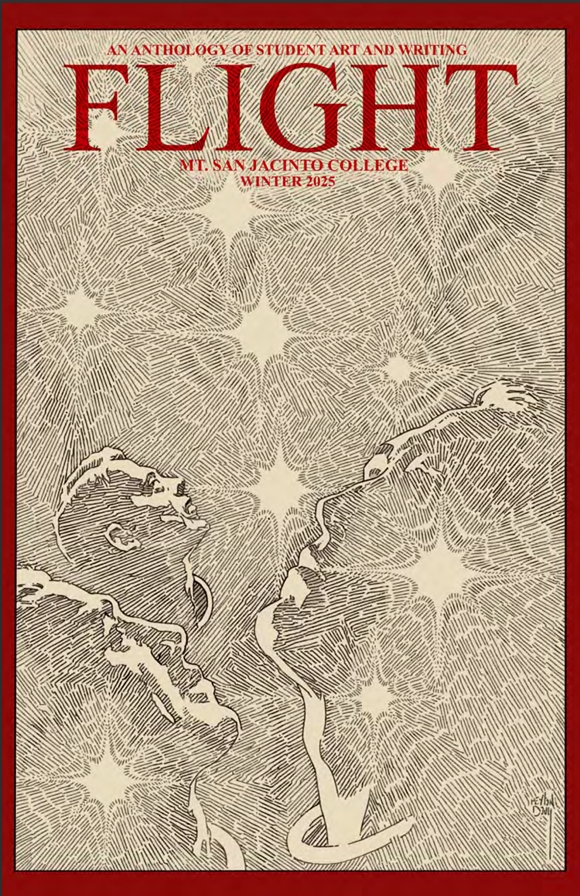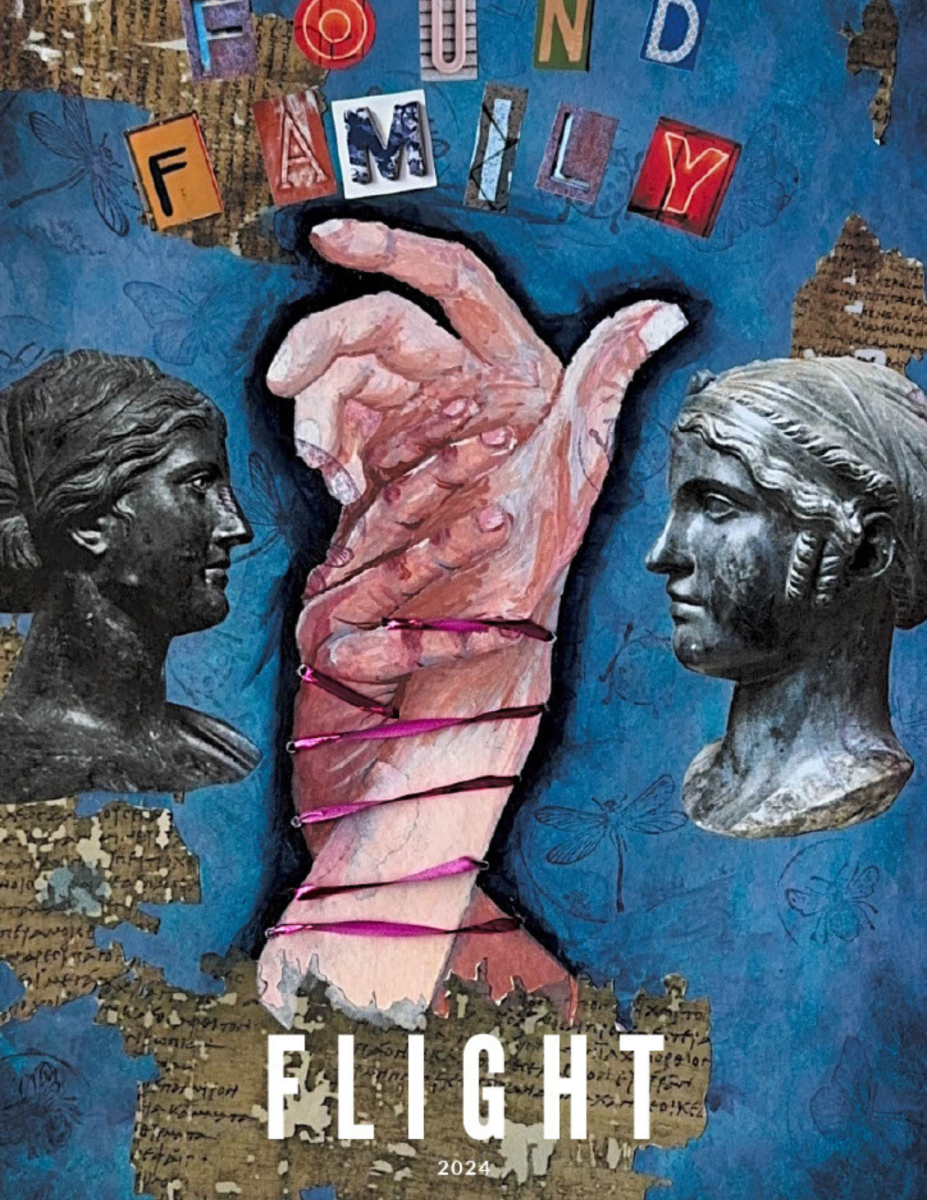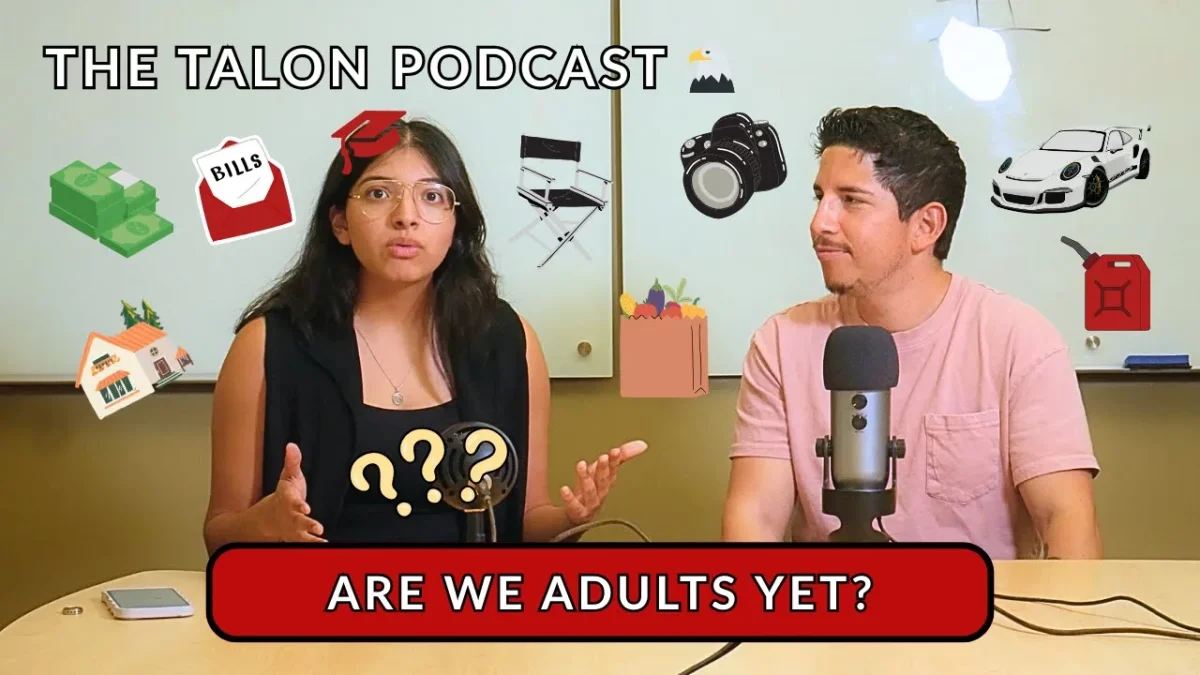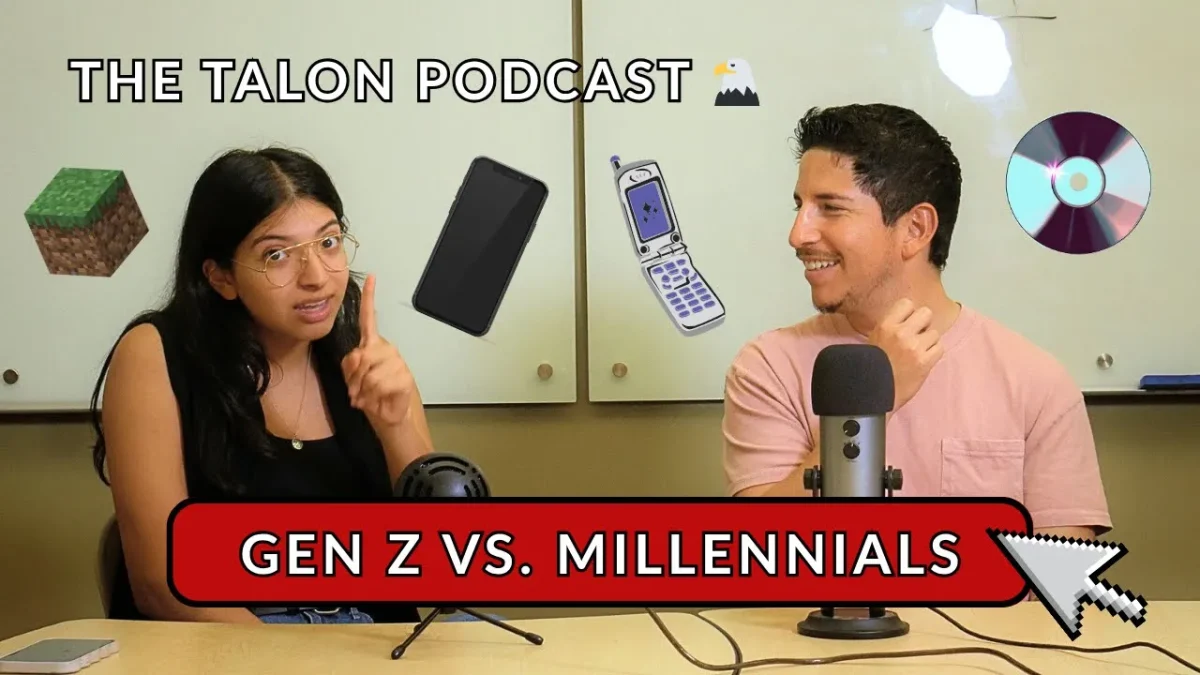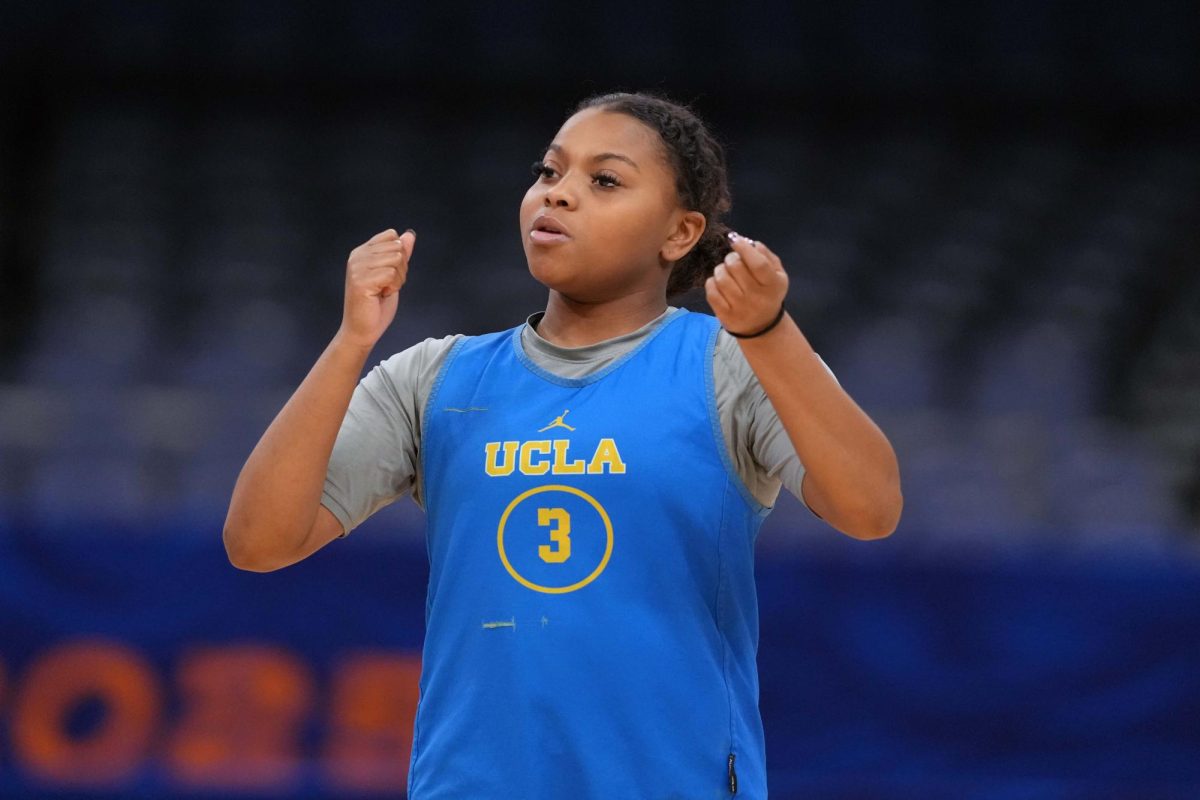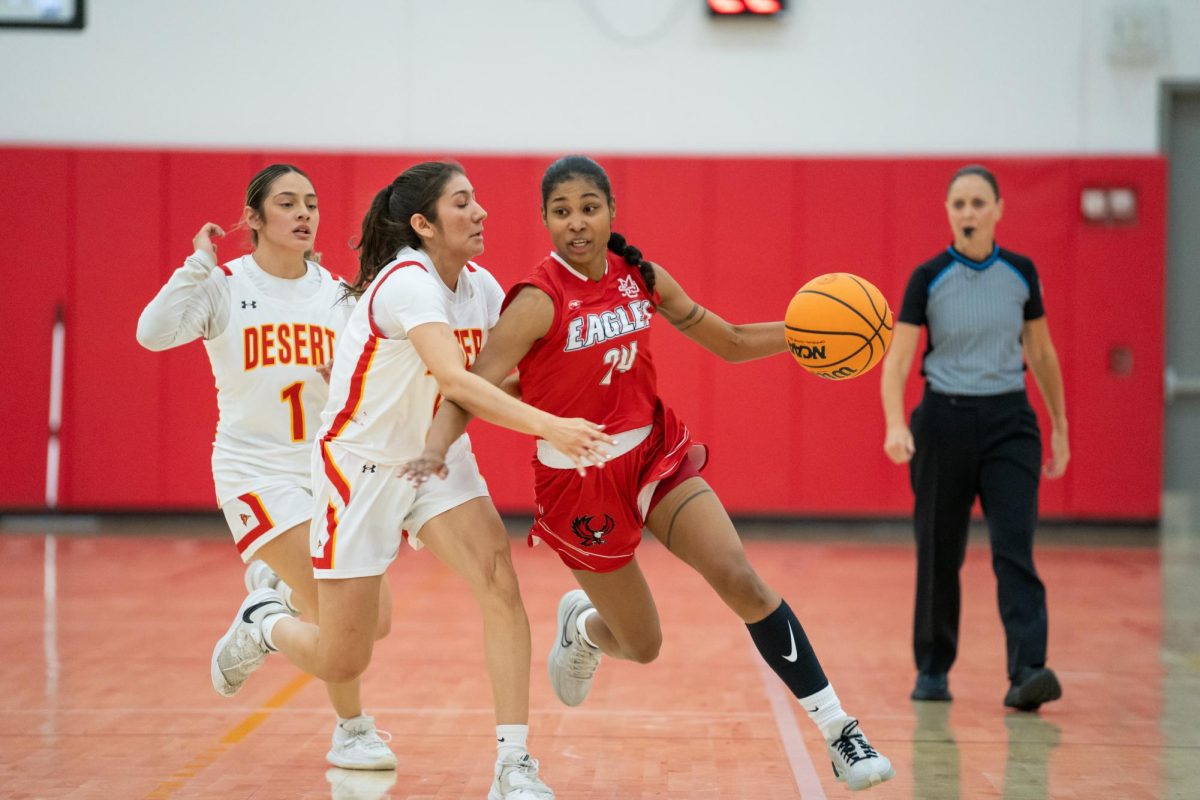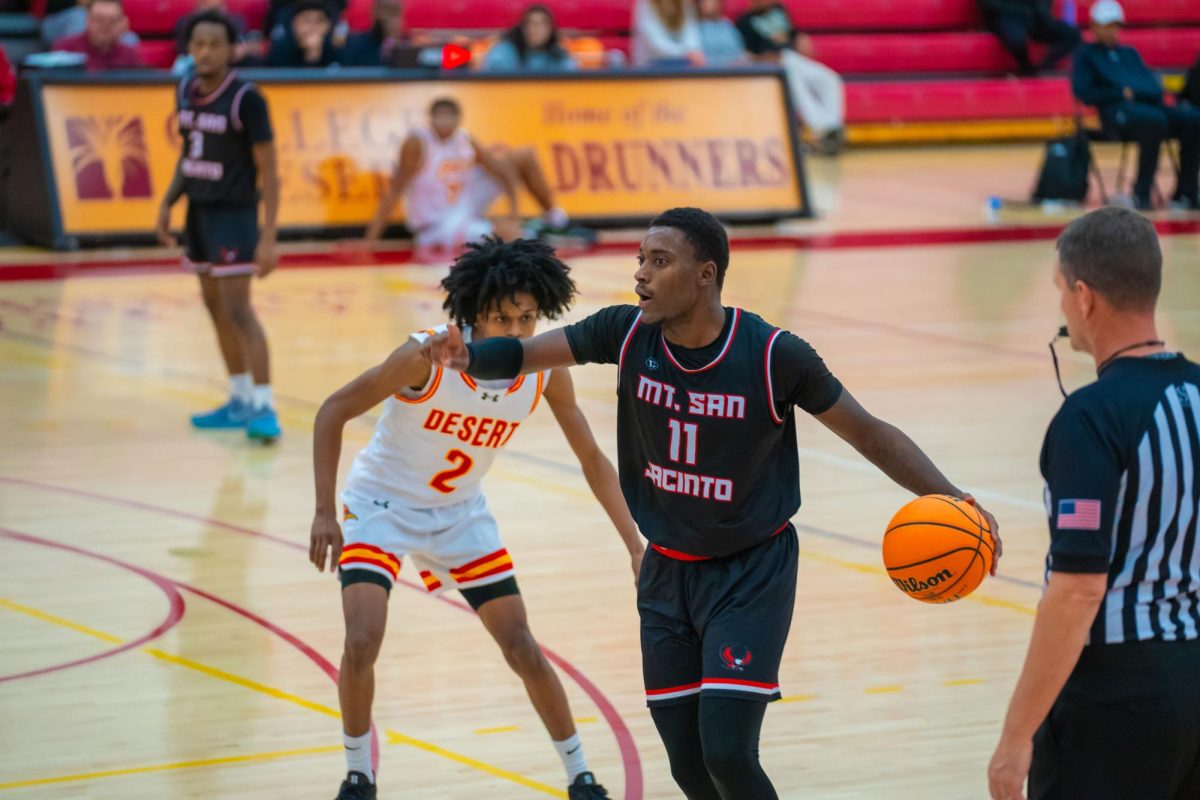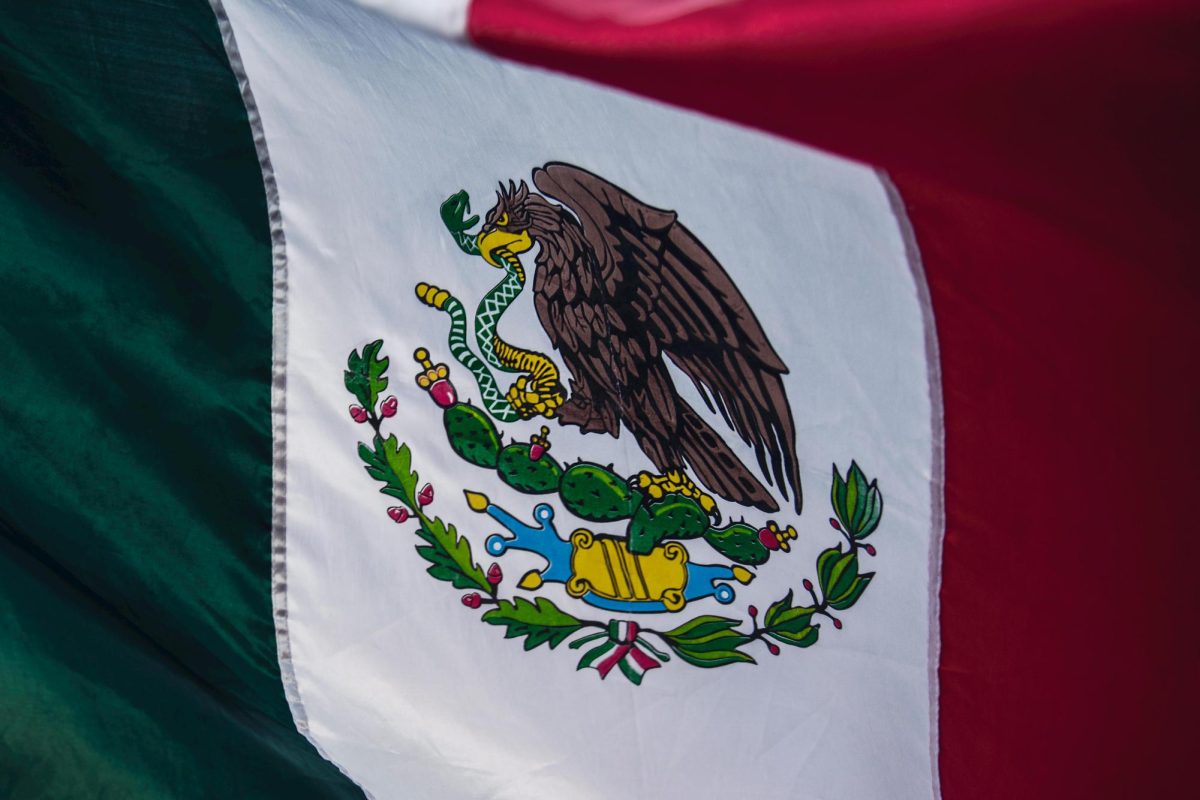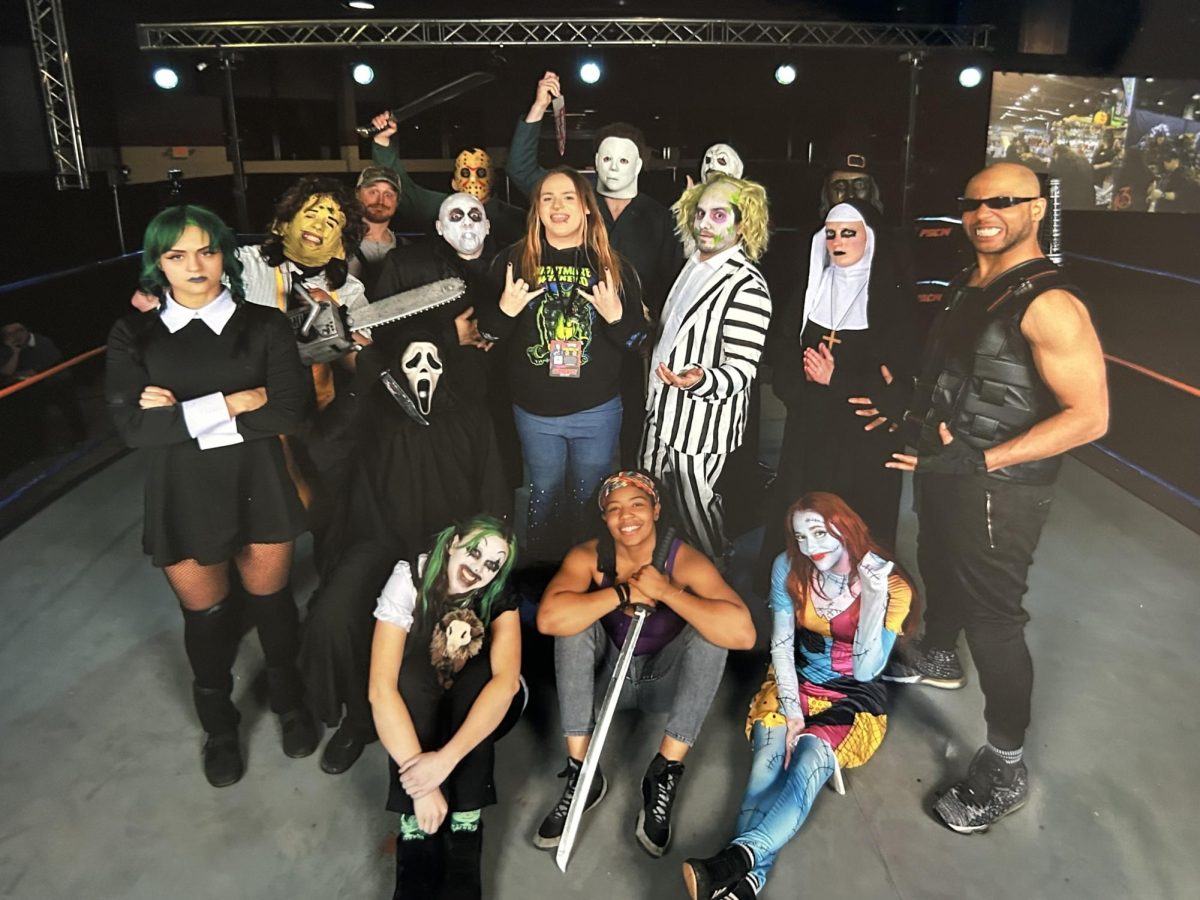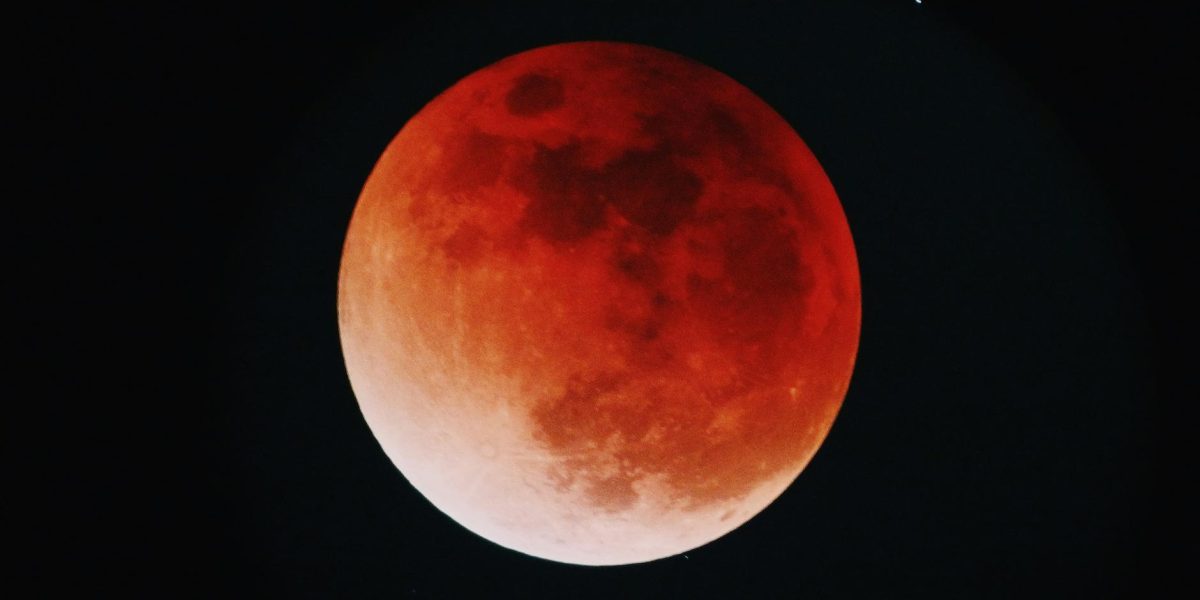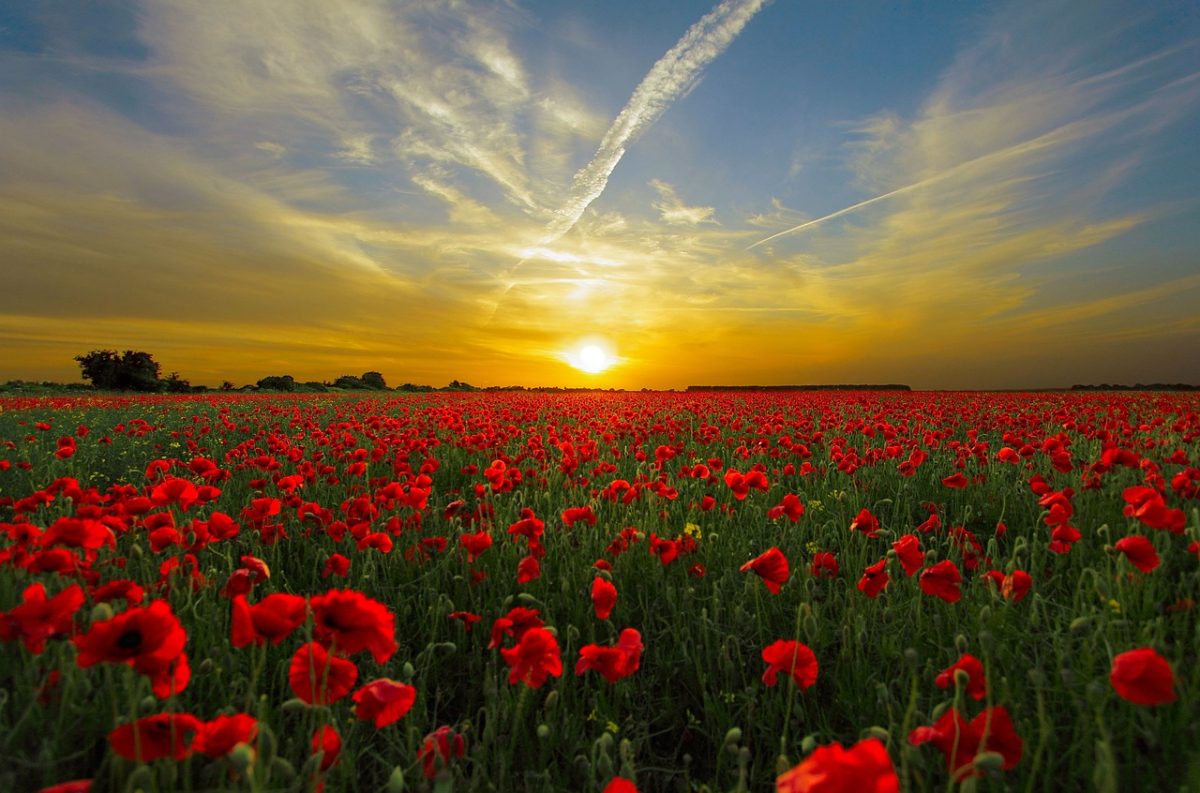Cinco de Mayo is a widely celebrated holiday not only for Mexican-Americans, but I’ll tell you why we choose to commemorate it. The 2004 short documentary from Films Media Group, Cinco De Mayo, tells us the fascinating history behind the holiday’s origins. It honors Mexicans’ remarkable victory over the French, otherwise known as the 1862 Battle of Puebla. The year before this battle, Mexico’s president at the time, Benito Juarez, stopped paying debt to England, Spain, and France so he could use the money for more of the needs of his country. Spain and England were able to come to a negotiation; however, France, which by the way was the least indebted of the three, would not budge. They had an ulterior motive, of course, to establish a monarchy there and overthrow the Mexican Republic.
In his article “America’s Growing Observance of Cinco de Mayo,” Alvar Carlson reviews the details of the battle. Approximately 6,000 French troops were heading to Mexico City in hopes of conquering it. 2,000 troops were under the orders of Mexican General Ignacio Zaragoza, who stopped them in their tracks with the help of Mexican civilians and Zacapoaxtla Indigenous fighters. The victory was claimed on May 5, 1862, Cinco de Mayo.
We’ve gone over why Cinco De Mayo is a significant day, now we can talk about how it stemmed into a culturally important holiday for Mexican-Americans. In the article “Symbol and Style in Cinco de Mayo” by Laurie Kay Sommers, she highlighted, “Yet for others, Cinco de Mayo has become something more, reshaped and reinterpreted into an event that symbolizes a bicultural Chicano experience in the United States.” The real popularity of this holiday stemmed from the need for social change in 1960s America. This time is also known as the start of the Chicano Movement because of the struggles that were being faced with civil rights during this period.

Mexican-Americans stood together and implemented their sense of ethnicity to help them attain some forms of social change. They thought what better way to share their cultural pride than through a celebration that brought attention to the oppression they had faced. They couldn’t have this fiesta on a random Wednesday in spring, so they had it on Cinco de Mayo because of its symbolism.
Remember, this holiday began as a triumphant victory in a battle with the odds stacked against them. Also, it evolved into a larger celebration that was meant to be shared with others to promote the need for social change for LatinX people in America. In an article from the Health Education & Behavior Journal, “Program: A community-organizing approach to celebrating community together,” it says that in Mexico, the holiday is “celebrated more as a regional holiday rather than a national one, with special significance in Puebla where the battle was won.”
The best way to share our culture is through a fiesta because of its importance in Mexican social life. We share traditional dances like the Ballet Folklórico, a choreographed dance that tells a story, often seen in most parades. We share cuisines that I have yet to hear someone say they don’t like. Who doesn’t like tacos? Lastly, we share music with lyrics about the trials, tribulations, losses and wins of Mexican culture.
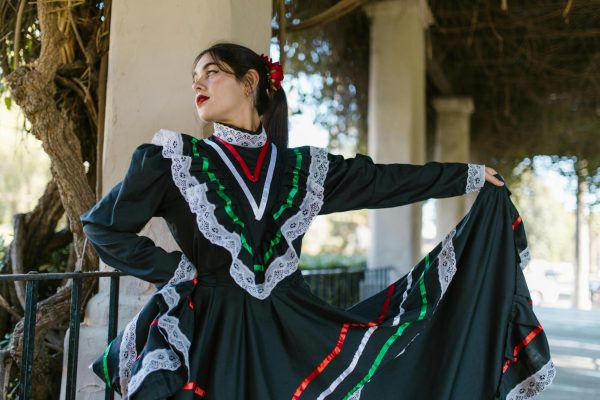
The holiday’s origins come from the victory of the Battle of Puebla. The Chicano Movement sparked a deeper meaning for the holiday in search of social change. And now we celebrate it with huge fiestas. Cinco de Mayo is a reminder not only to people of Mexican heritage but to anyone that, even against odds, with enough determination, any obstacle can be overcome.


